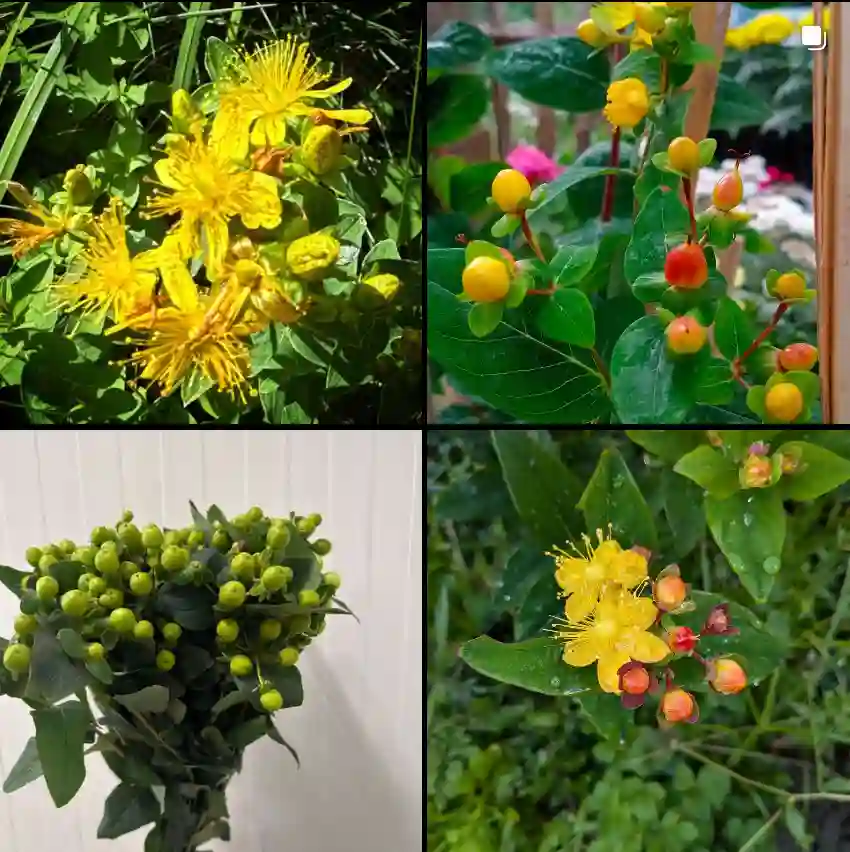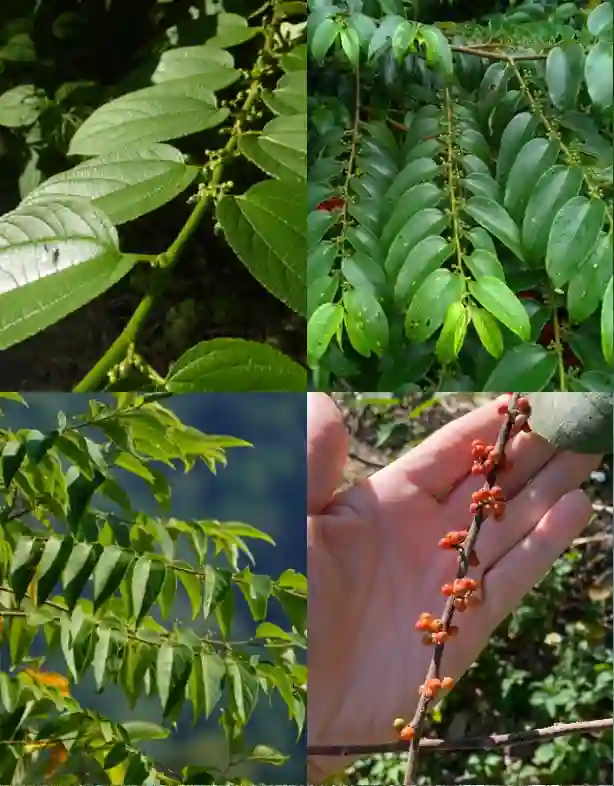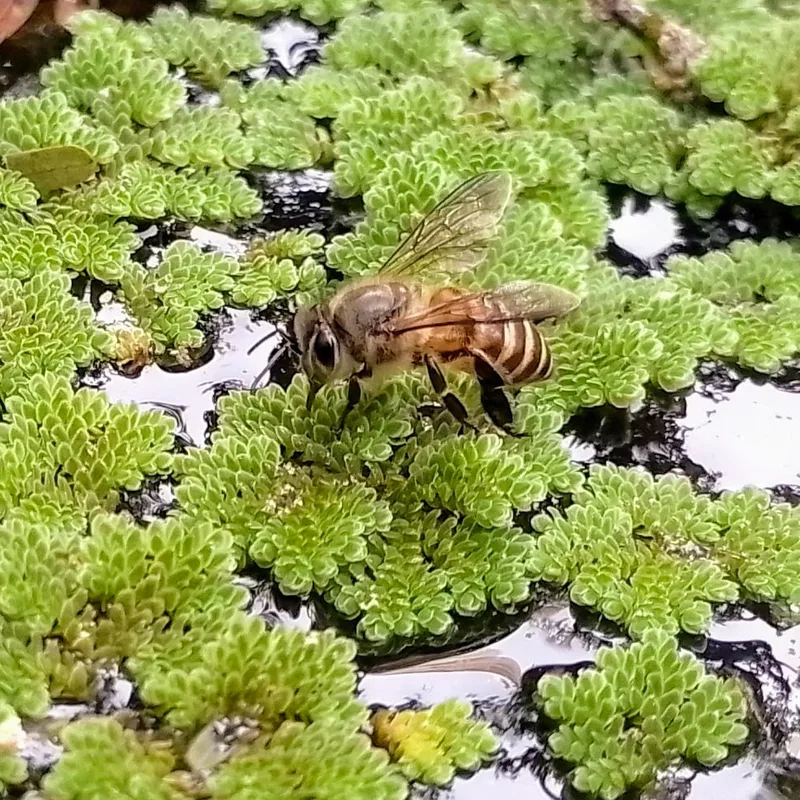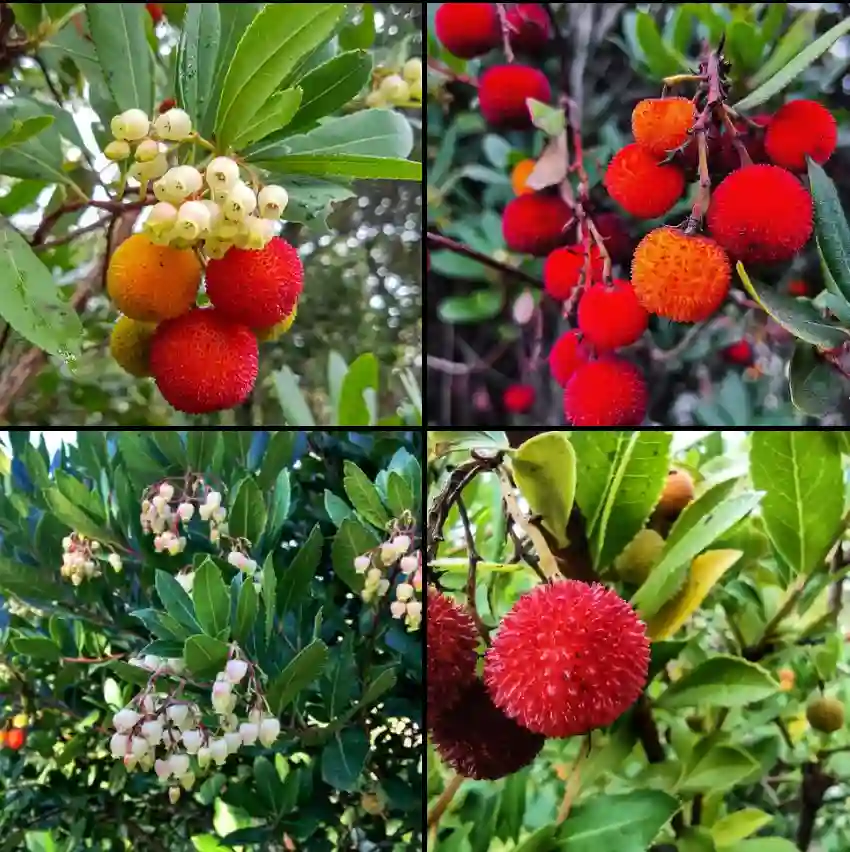Exploring the Gelsemiaceae Family: A Personal Journey
As a plant enthusiast, I’ve always been fascinated by the diversity of plant families. One family that particularly captures my interest is the Gelsemiaceae. This relatively small family comprises only a few genera, including Gelsemium, Pteleocarpa, and Mostuea. In this article, I’ll share my experiences and insights about these captivating plants.
Understanding the Gelsemiaceae Family
The Gelsemiaceae family primarily consists of climbing or twining shrubs and small trees. These plants thrive in tropical and subtropical regions, making them a delightful addition to gardens and landscapes. What I find particularly intriguing about this family is its mix of aesthetics and toxicity. Many species within the Gelsemiaceae are known for their beautiful flowers, yet they contain alkaloids that can be harmful if ingested.
Gelsemium: The Star of the Family
Gelsemium, the most recognized genus within the Gelsemiaceae family, is often referred to as “yellow jasmine.” This is a bit misleading since it’s not a true jasmine. Gelsemium species, like Gelsemium sempervirens, are known for their striking yellow flowers and sweet fragrance. I’ve planted this species in my garden, and it has quickly become a favorite of mine.
The flowers of Gelsemium sempervirens are tubular, attracting pollinators like bees and butterflies. The plant’s glossy, evergreen leaves provide a lush backdrop that enhances its blooms. I remember the first time I saw this plant in full bloom; the vibrant yellow flowers brightened my entire garden. However, I’ve also taken care to educate friends and family about its toxicity. The alkaloids present in Gelsemium can lead to serious health issues if consumed.
Pteleocarpa: A Unique Addition
Another genus that deserves attention is Pteleocarpa. While it may not be as widely known as Gelsemium, I find its unique characteristics quite appealing. Pteleocarpa plants are primarily found in the tropical regions of Southeast Asia. They exhibit a different growth habit compared to Gelsemium, often forming larger, tree-like structures.
One species that caught my eye is Pteleocarpa blumei. It boasts a distinctive appearance with its large leaves and attractive flowers. When I came across this plant, I was struck by its robust nature and the way it stood out against other tropical plants. It’s not as commonly cultivated as Gelsemium, which makes it an interesting conversation piece in my garden. However, like its relatives, it is essential to handle Pteleocarpa with care due to its potential toxicity.
Mostuea: The Lesser-Known Gem
The last genus I want to discuss is Mostuea. This genus is less familiar to many gardeners, but I believe it holds great potential. Mostuea species are primarily found in Madagascar and have adapted to their unique environment. I’ve read about Mostuea elongata, which features elongated leaves and beautiful flowers that resemble those of Gelsemium.
One of the things that fascinates me about Mostuea is its resilience. These plants thrive in conditions where other species might struggle. This adaptability makes them an excellent choice for gardeners looking to diversify their collections. However, information about their cultivation is limited, which adds an element of adventure for anyone willing to give them a try.
Cultivation and Care
Growing plants from the Gelsemiaceae family can be both rewarding and challenging. Gelsemium, for instance, prefers well-drained soil and full sun. In my experience, providing adequate support for its climbing habit is crucial. I often use trellises to help them grow vertically, which also makes the flowers more accessible for pollinators.
Pteleocarpa and Mostuea, on the other hand, require slightly different care. I’ve found that they thrive in slightly shadier spots with rich, well-drained soil. Regular watering is essential, but it’s important not to overdo it. Striking a balance has been key to keeping my plants healthy.
Conclusion
In my journey through the Gelsemiaceae family, I’ve come to appreciate the unique characteristics of Gelsemium, Pteleocarpa, and Mostuea. Each genus offers its own charm and beauty, whether it’s the vibrant flowers of Gelsemium or the robust nature of Pteleocarpa. While these plants require careful handling due to their toxicity, their stunning appearances make them worthwhile additions to any garden.
If you’re looking to expand your plant collection, I encourage you to explore the Gelsemiaceae family. These plants not only add beauty to your garden but also spark curiosity and conversation. Always remember to respect their potential toxicity and handle them with care. Happy gardening!
If i die, water my plants!



